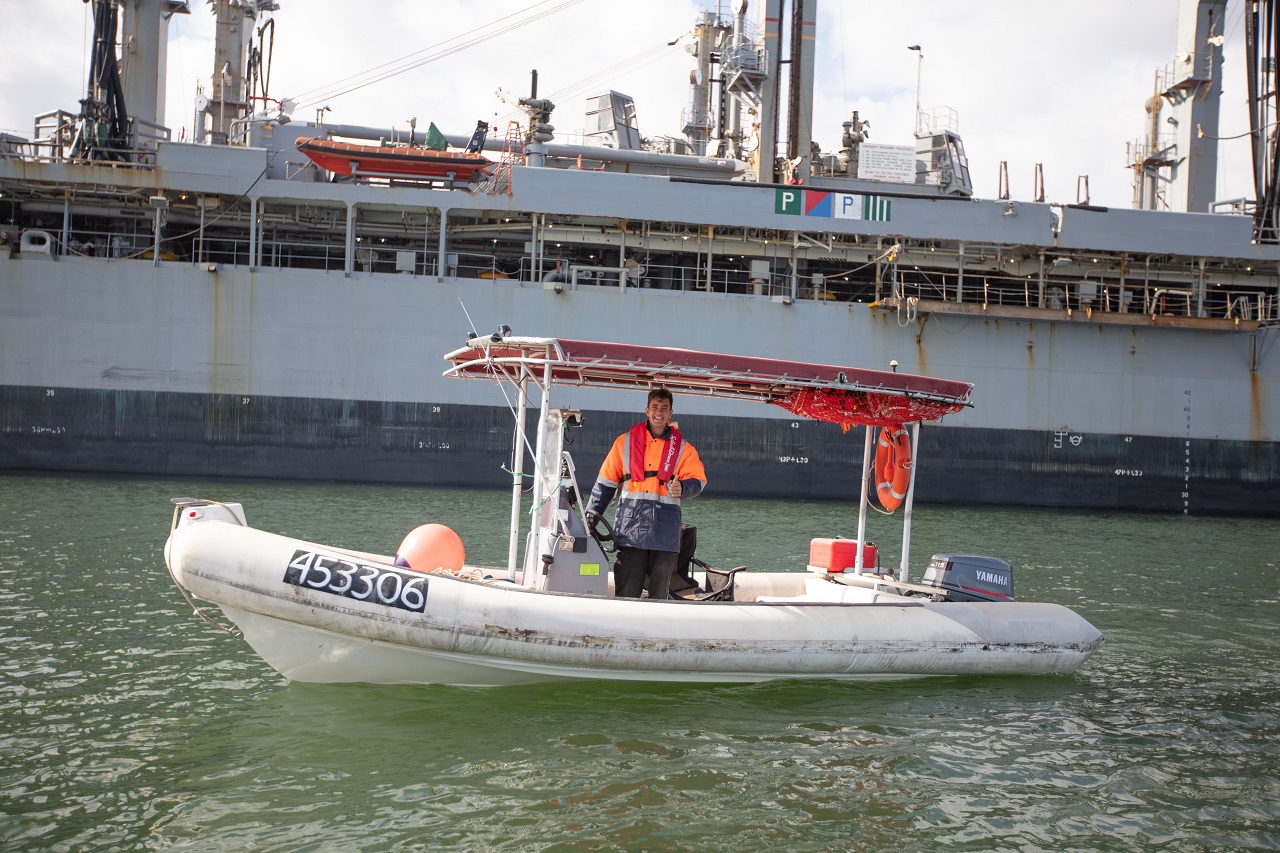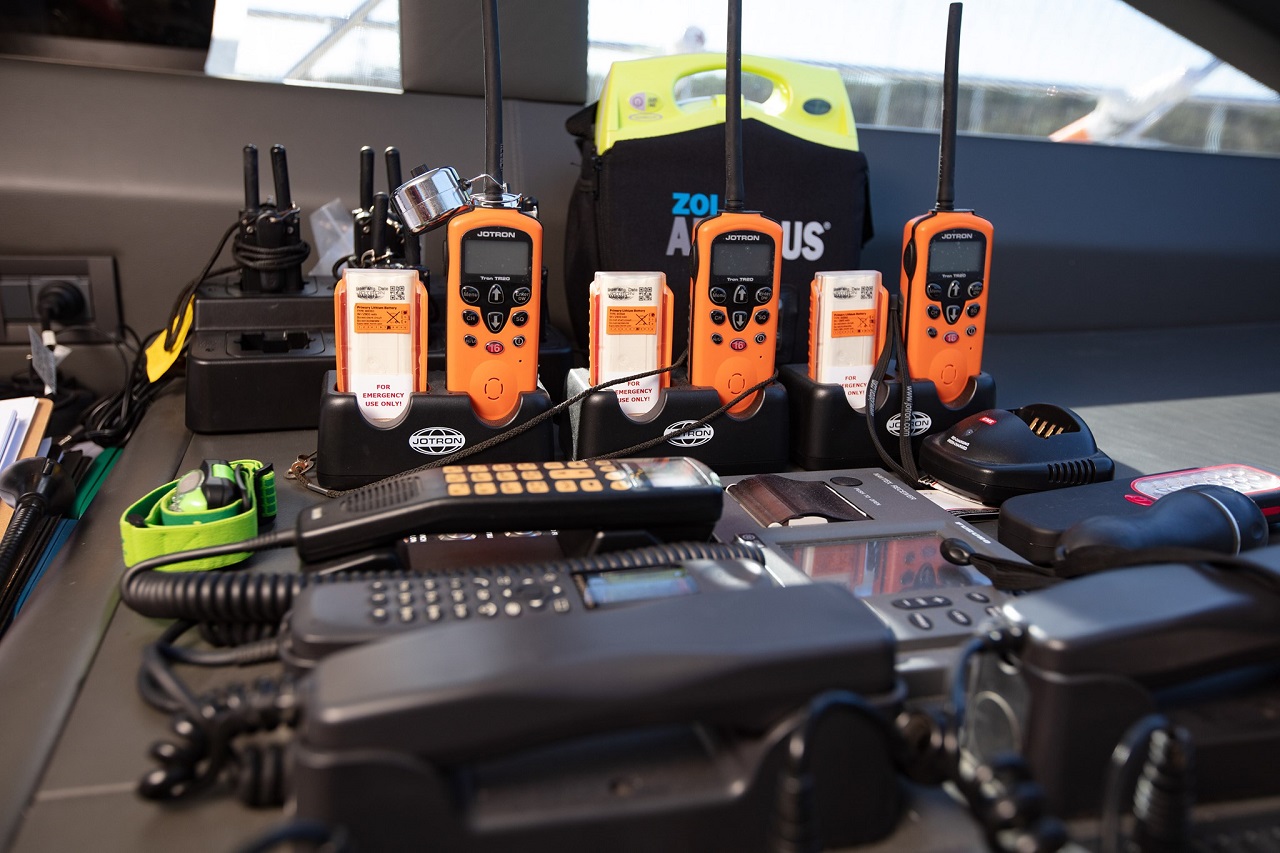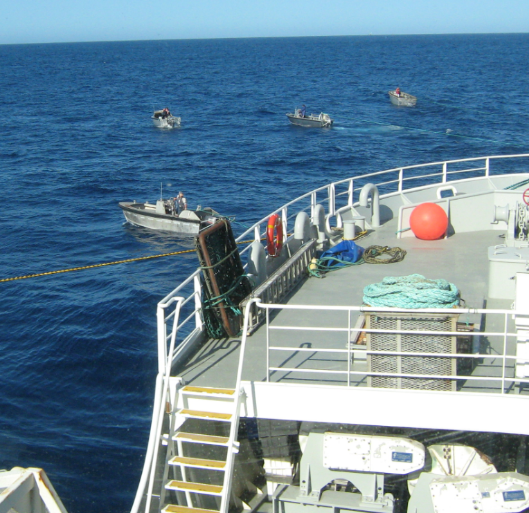Tenders are required to carry lifejackets for everyone on board (to the current Australian Standard 4758.1). Some State regulations require lifejackets to be worn on certain types of vessels, certain operations and in certain waters.
Under the National Law general safety duties you need to ensure the safety of everyone on board your vessel. In your risk assessment, you must consider when a lifejacket needs to be worn by any person on board. This may be asked if there is an incident.
It is also important to look after your lifejackets. There is no point wearing it if it's not going to work. Inspect all stitching, seams and clips regularly. If you have an inflatable life jacket, make sure you get it serviced according to the manufacturer's instructions (this is a legal requirement) and conduct regular self-servicing pre-wear checks. Record your inspections in your maintenance log.


Being able to communicate when you need assistance or you are in distress, could save your life or the life of a crew member. Your method of communication needs to suit your operation.
Under the general safety duty requirements, a tender operator must be able to communicate with the parent vessel at all times. The parent vessel, who is monitoring the tender operation must also be able to communicate with the tender operator at all times.
Tenders without parent vessels must at all times be able to communicate with the local coast guard or request assistance in an emergency.
Not all operations require electronic equipment for communication. Some operations can communicate because they are within talking distance.
Communication should be considered in the risk assessment in your vessel’s safety management system.
Read and download the safety equipment checklist.
Methods of communication
The preferred method for communicating is a VHF marine radio. A satellite phone or UHF may also be appropriate.
While not the preferred option, a mobile phone in a waterproof bag, 27 megahertz radio or loud hailer/mega phone could be used.
Some radios require the operator to hold certain qualifications. These are regulated by the Australian Communications and Media Authority.
Flares and beacons (EPIRB and PLBs) are important safety equipment and should be considered as part of your risk assessment and emergency plan for your tender operation.
Make sure your beacon is registered with AMSA and includes details of your parent vessel and how to contact them.
Remember that being able to communicate to the correct people, quickly and clearly in an emergency could save your life. Your parent vessel may be your best chance of rescue.
